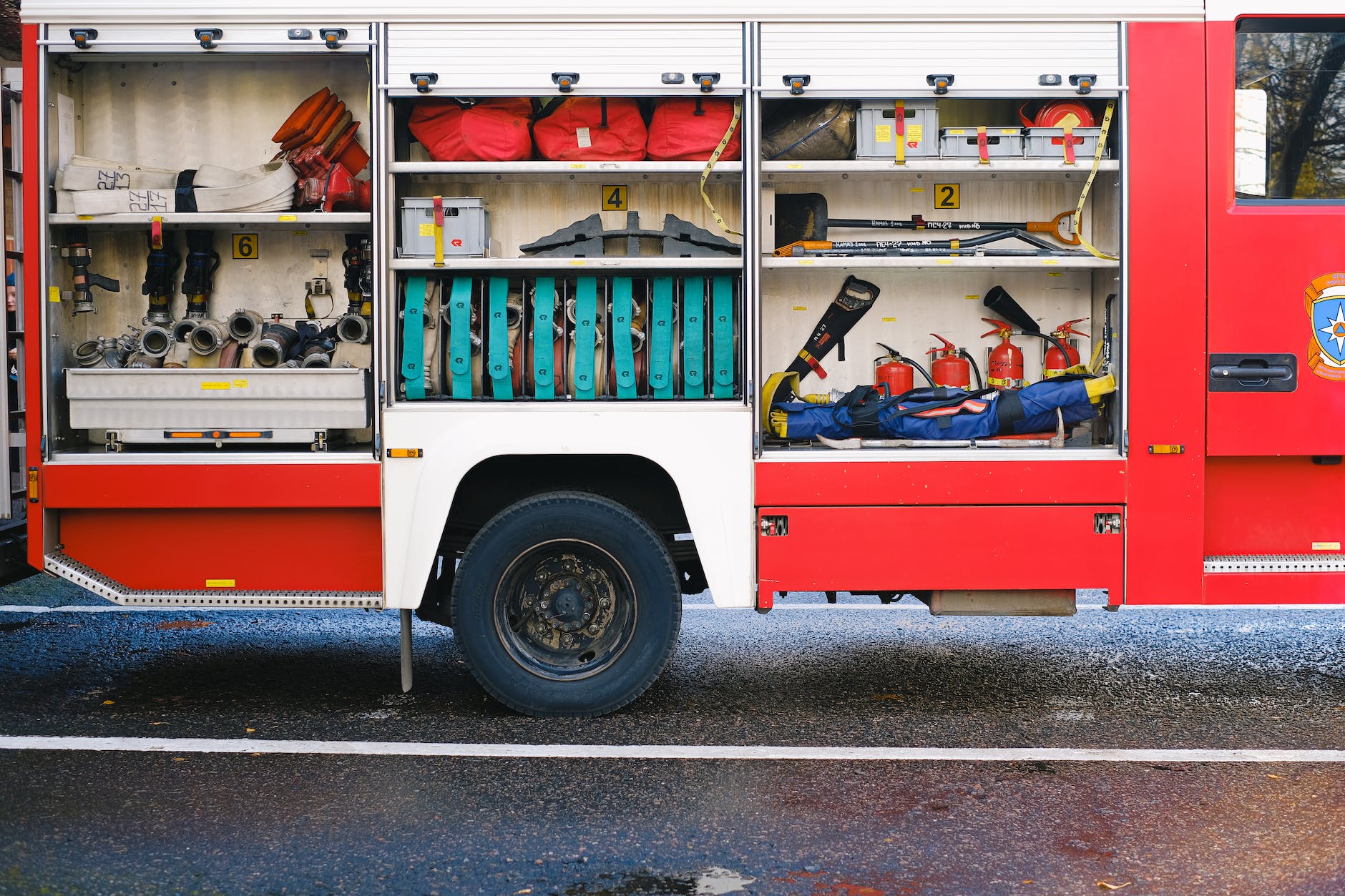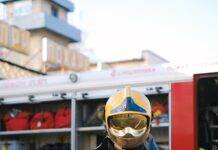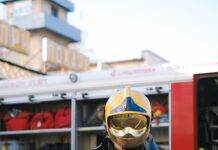
Fire Fighting Equipment: Ensuring Safety in Times of Crisis
Fire incidents can be devastating, causing damage to property, endangering lives, and disrupting daily operations. To mitigate these risks, having the right fire-fighting equipment is essential. In this comprehensive guide, we’ll delve into the various types of fire-fighting equipment, their importance, and how they collectively contribute to ensuring safety in times of crisis.
Introduction
Fire fighting equipment plays a pivotal role in safeguarding lives and property against the destructive force of fires. Whether in homes, workplaces, or public spaces, having the right tools readily available can mean the difference between a minor incident and a catastrophe.
The Importance of Fire Fighting Equipment
The significance of fire-fighting equipment cannot be overstated. Rapid response is crucial when a fire breaks out, and having the appropriate tools on hand can effectively contain or even extinguish the flames before they escalate.
Types of Fire Extinguishers
Water-Based Fire Extinguishers
Water-based fire extinguishers are a fundamental tool in fire suppression. They work by cooling and smothering the fire, removing heat and preventing reignition.
Foam Fire Extinguishers
Foam extinguishers are versatile and effective for combating flammable liquid fires. The foam creates a barrier between the fire and the oxygen, extinguishing the flames.
Dry Powder Fire Extinguishers
Dry powder extinguishers are suitable for a range of fire types, including electrical fires. The powder interrupts the chemical reactions sustaining the fire.
Carbon Dioxide (CO2) Fire Extinguishers
CO2 extinguishers are ideal for electrical fires and fires involving flammable liquids. The CO2 displaces oxygen, suffocating the fire.
Fire Hose Reels and Hydrants
Fire Hose Reels
Fire hose reels provide a continuous water supply for manual fire suppression. They are strategically placed for easy access and can cover larger areas.
Fire Hydrants
Fire hydrants are crucial for firefighters to access a water source. They ensure a reliable water supply for high-intensity fire-fighting operations.
Automatic Fire Suppression Systems
Sprinkler Systems
Sprinkler systems detect and control fires by releasing water when temperatures rise. They prevent fires from spreading and minimize damage.
Clean Agent Systems
Clean agent systems use gases or chemicals to suppress fires without leaving residue. They’re effective for protecting sensitive equipment.
Fire Blankets: A Versatile Safety Tool
Fire blankets are used to smother small fires or wrap around individuals to shield them from flames and heat. They’re especially valuable in kitchens and laboratories.
Personal Protective Equipment (PPE) for Firefighters
Fire-resistant Clothing
Firefighters wear specialized clothing that can withstand high temperatures and protect against burns.
Helmets and Face Shields
Helmets and face shields provide head and face protection while allowing clear visibility.
Gloves and Boots
Fire-resistant gloves and boots safeguard hands and feet from heat and debris.
Emergency Evacuation Plans
Importance of Preparedness
Having a well-defined emergency evacuation plan ensures a safe and organized evacuation during a fire.
Evacuation Routes and Assembly Points
Clear evacuation routes and designated assembly points guide individuals to safety.
Training and Education
Proper Use of Fire-Fighting Equipment
Training individuals to use fire-fighting equipment correctly enhances their ability to respond effectively.
Fire Safety Drills
Regular fire drills keep people informed about evacuation procedures and enhance their responsiveness.
Raising Awareness
Educational campaigns increase awareness about fire safety measures and equipment.
Maintenance and Inspection
Regular Inspection Protocols
Frequent equipment inspections guarantee functionality and identify maintenance needs.
Ensuring Equipment Functionality
Fire-fighting equipment must be operational at all times to prevent potential failures.
The Role of Technology in Fire Safety
Fire Detection Systems
Advanced detection systems use sensors to identify fires early, triggering prompt responses.
Advanced Suppression Technologies
Cutting-edge technologies, such as specialized foams and gases, offer innovative fire suppression solutions.
Case Studies: Effective Fire Incident Responses
Examining successful fire incident responses highlights the importance of preparedness and equipment effectiveness.
Fire Safety Regulations and Compliance
Adhering to fire safety regulations and standards is essential for minimizing risks and ensuring safety.
Conclusion
Fire-fighting equipment is the cornerstone of fire safety. By investing in proper equipment, adhering to regulations, and conducting regular training, we can effectively protect lives, property, and businesses from the destructive force of fires.
FAQs
- What is the most common type of fire extinguisher? The most common type is the water-based fire extinguisher, suitable for ordinary combustibles.
- Can fire blankets be used for electrical fires? Fire blankets are not recommended for electrical fires, as they do not interrupt the electrical current.
- How often should fire-fighting equipment be inspected? Equipment should be inspected at least once a month to ensure it’s in working order.
- Are clean agent systems safe for occupied spaces? Yes, clean agent systems are safe for occupied spaces as they don’t leave residue and are non-toxic.
- What should I do during a fire drill? During a fire drill, follow the designated evacuation route to the assembly point calmly and quickly.

























It’s interesting when you said that the cornerstone of fire protection
It’s interesting when you said that fire safety